Canon Everywhere
Canon is the one photography brand that has continually had the distinction of inspiring me the least. There’s nothing wrong with Canon. Canon makes great cameras that make great images. Just wander about a World Press Photo exhibition or check out the sports photography from any Olympics or World Cup or (insert sportsy thing you like here) from the past three decades. Chances are good there’s a brilliant photo in there, shot on a Canon.
No, it’s really not Canon’s fault; this is personal. I keep picking them up and they keep disappointing me. I think it’s me. It must be me. I reviewed the generally well-regarded Canon AF35ML for this site years ago, and while it did its job well, it didn’t leave an impression. Since it worked fine and a friend of mine was just getting into film photography, I gifted it to her. She took some pretty darn good pictures with it too; sharp and clear.
It must be how I use my cameras. I am loath to accept that a camera isn’t suited to something if it’s the one I have with me. I will try to coax something out of it. The AF35ML suffered from very soft corners because of its very fast f1.9 lens, and since it kept refusing to stop down, soft cornered images is what I ended up with. I also quite enthusiastically bought a Canon Prima Tele which should be a super neat camera because it lets you switch from full frame to half frame. But what may have been a good idea in the age of buying three films for a summer vacation and trying to economize turned out to be less of a useful thing in the present day
None of this is what I’m here to write about however. I am here to tell you about my experiences with a camera much closer in both time and use case and form factor and usability to the AF35ML. I am here to tell you about the Canon AF35M – without the L – also known as the original Sure Shot (in North America) or the original Autoboy (in Japan).
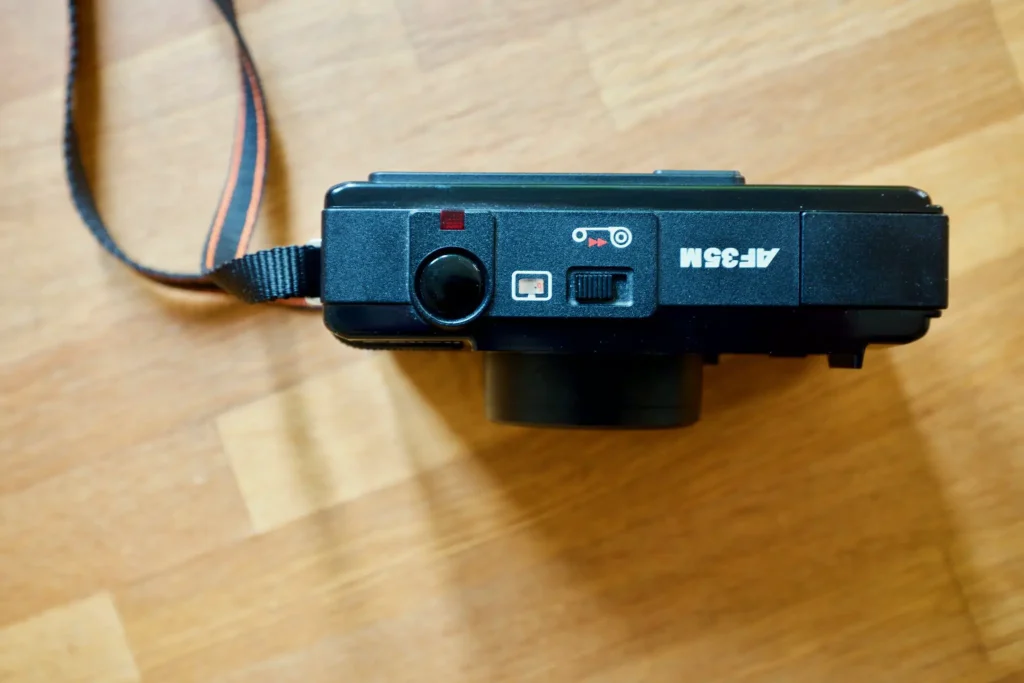
Meet Autoboy
It was the world’s first fully automated compact camera, and as such deserves special mention on 35mmc. Ok, maybe it wasn’t. I’m not really sure which one of the overhyped sales brochures of the late 1970s and early 1980s to believe, so maybe that honor goes to the Nikon L35AF instead. Or the Minolta Hi-Matic AF. (Its descendant, the AF2, is one of my personal favorites – to the point that I keep it in my office at work instead of at home because it has some fungus on the lens and I’m an eternal worrier, but I can’t bring myself to just get rif of it). Or any number of very similar cameras, including the Konica C35 AF, which may have the best claim. The point here, really, is what your definition of “fully automatic” is. The Nikon has the familiar SLR half-press to focus and then full-press to shoot design, so it checks all the significant boxes, except auto ISO setting, which, to me, isn’t all that significant. The Minolta has the same focusing setup, but does not wind automatically, for that you’d have to get the AF-M version
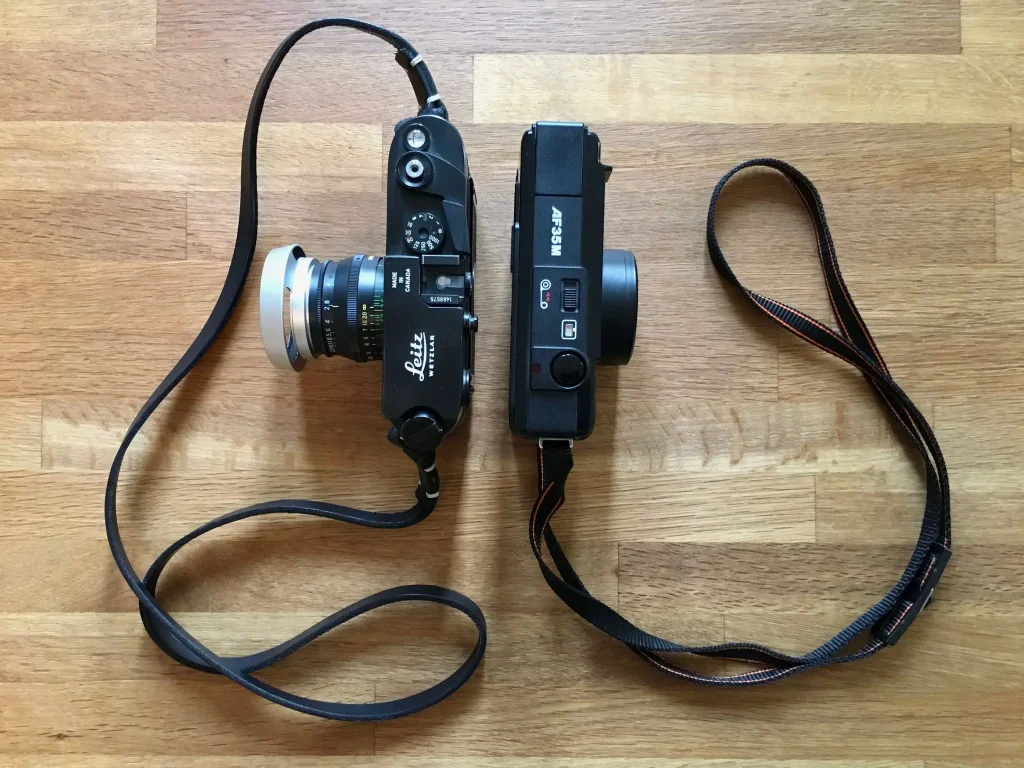
The Canon focuses automatically, with the then-standard one focus point in the middle of the frame. It winds automatically, and it has a motorized rewind which, thankfully, is not automatically triggered, but which you can activate at an opportune moment by pressing a small silver unlock button at the bottom of the camera and then sliding over the rewind switch on the top.
The camera is marginally smaller than an M-Leica and significantly lighter. In comparison to my Fujifilm X100S, it is just a tad larger, and feels a bit lighter as well. (The X100S with strap, lens hood, and filter is about 500g; the AF35M is 420g with strap and batteries but without film). In short, it’s perfectly portable, but it isn’t remarkably small.
Lens Quality Questions
Canon equipped the camera with a 38mm f2.8 lens. This is pretty standard fare for the compact rangefinders and later autofocus cameras that Japanese makers produced in the millions throughout the 1970s to 1990s. It is not nearly as fast as the 35ML’s f1.9 lens, and that should mean fewer problems with soft corners, right? Not right. I have no idea if I just keep getting bad Canons, but the corner sharpness of the 35M at f2.8 is execrable. The Minolta and the Nikon do much, *much* better in this regard. Even in bright daylight, at what must be f8 and up, the sides of the image are still noticeably soft.
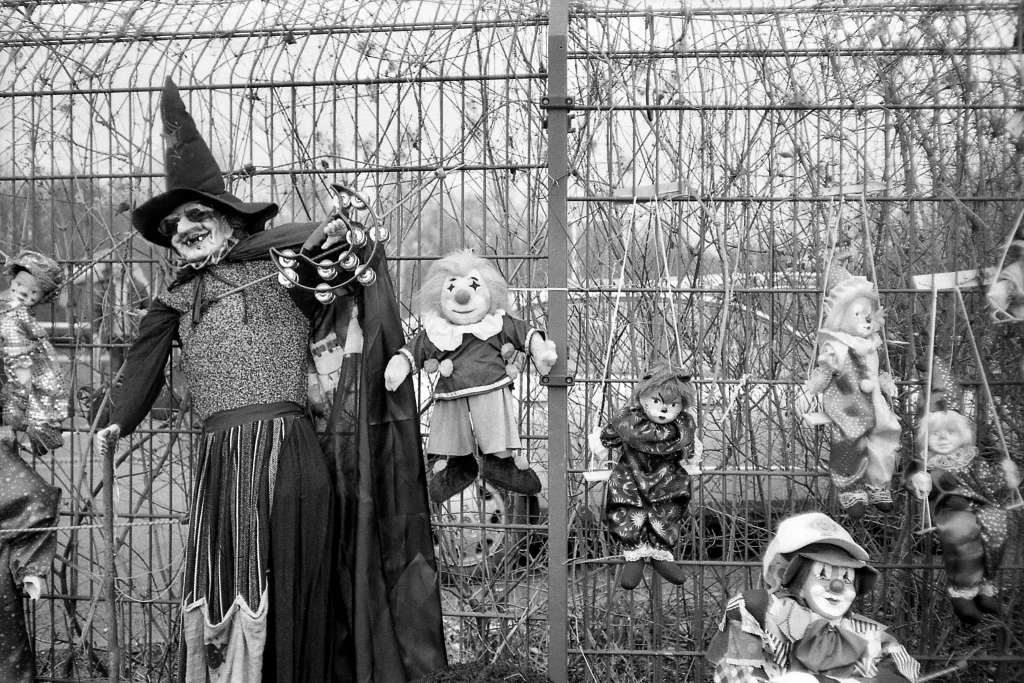
I am genuinely at a loss. I can only surmise that either I have a bad sample of the camera, or that Canon perhaps thought that the kind of people who would buy this camera would only ever get drugstore prints which crop heavily into the negative anyway. If that, however, is indeed the case, then shame on you, Canon, for phoning this one in, when competing manufacturers have no trouble giving us reasonably sharp pictures at about the same time with a similar form factor.
How does the camera present itself otherwise? Well, it doesn’t look bad at all visually. Sure, the fake leather pouch I received it in disintegrated pretty much on arrival and unceremoniously ended up in the trash. And I promptly lost the lens cap, although that isn’t Canon’s fault (then again, the Minolta lens cap attaches with a string…). The camera neither has the throwback look of the Minolta, nor the red-stripe Italian hot 80s design of the Nikon, but it looks fine. It looks like it wouldn’t be misplaced in the hands of that annoying hipster who constantly tries to get you to try the fancy coffee that was produced by cruelty free hamsters in Macedonia. (Now that I write that out… I may not have listened all that closely about where the coffee is from, or if it’s even coffee. Sorry, Derek.)
It looks fine, just fine. It’s black plastic and has a nice red ring around the lens. Around the lens is also where the meter and the ISO setting are located. This is great because the camera also has a 48mm filter thread, so if you want to use black and white film, or find you are so in love with the Canon’s soft corners that you want to use an ND in order to keep them soft at all times, it will meter through the filter.
Quirks and Quibbles
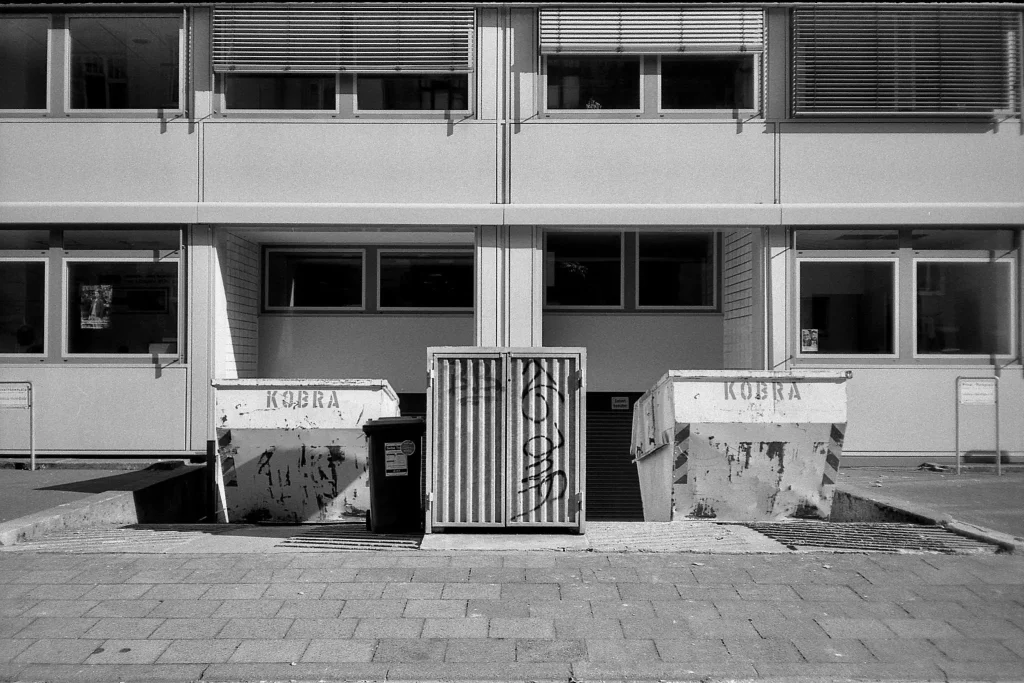
I have read other reviews on this camera that pointed out how noisy it was. This depends mightily on your perspective. The 35ML is loud, so is my Nikon F801S SLR. The 35M sounds like the familiar robotic sneeze of a leaf shutter – taking the picture – followed by that same robot blowing their nose – the film wind. It’s not nothing, but I wouldn’t call this a dealbreaker for street photography.
What is more of a dealbreaker for that is the Canon’s unusual focusing system. The good: it’s CAFS autofocus is pretty good. It uses an IR beam, though, so you may not want to use this camera for infrared photography. At least not if you’re not planning a photo project in which you pretend to be a sniper or the Borg. (In which case, please, just don’t do that. The former is in bad taste, and the latter will make me reevaluate the acting of Sir Patrick Stewart in an uncomfortable manner.)
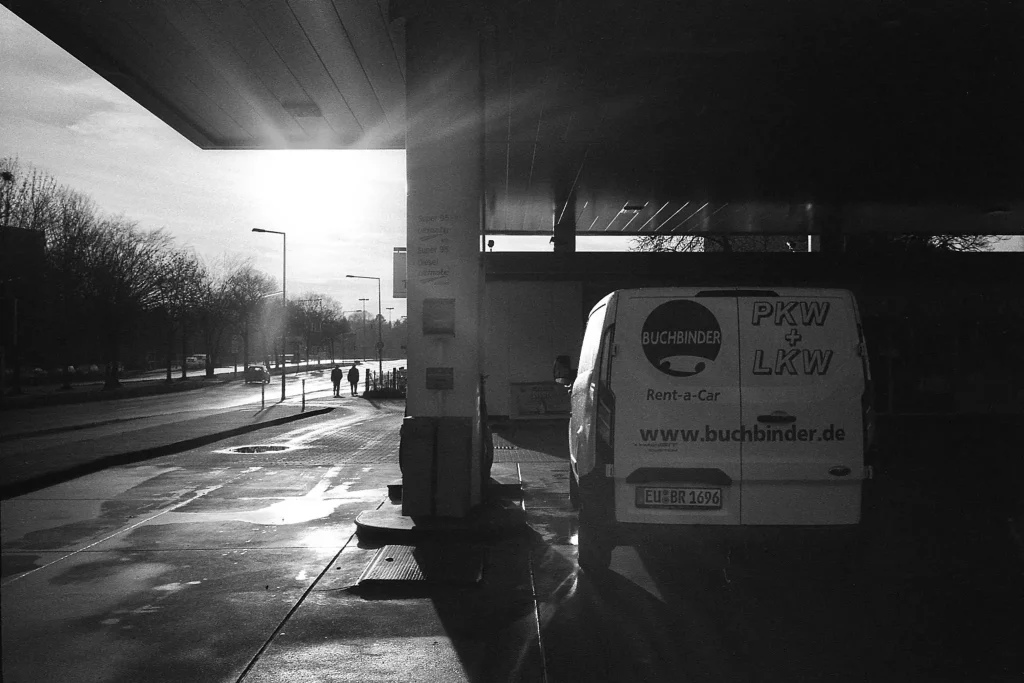
While we’re talking about light: the AF35M has a built-in flash. This is done right. You see a red indicator light in the viewfinder if you press the shutter lightly, to indicate you should probably use the flash. Then you can still decide whether you want to or not by sliding the flash slider over or ignoring the warning. The flash, small as it is, is far enough from the lens to avoid the worst of red eye. It recycles reasonably fast, considering the camera uses two regular AA batteries for all electronic operations, including charging the flash.
Back to IR. The IR beam is not the problem. The focusing indicator is, along with the focusing lever. Yes, those two words belong together here. The 35M uses the same lever for its self timer and in order to focus and recompose. You cannot, I repeat, cannot half press and hope to then move the camera to select another frame for your image. There is only press. A press will autofocus on the middle of the image and take the picture. Every time. Unless, that is, you first down the pre-focusing lever and then press the shutter. Do that, focus, let go of the lever, recompose, press the shutter button again, and presto, you may have a focused picture.
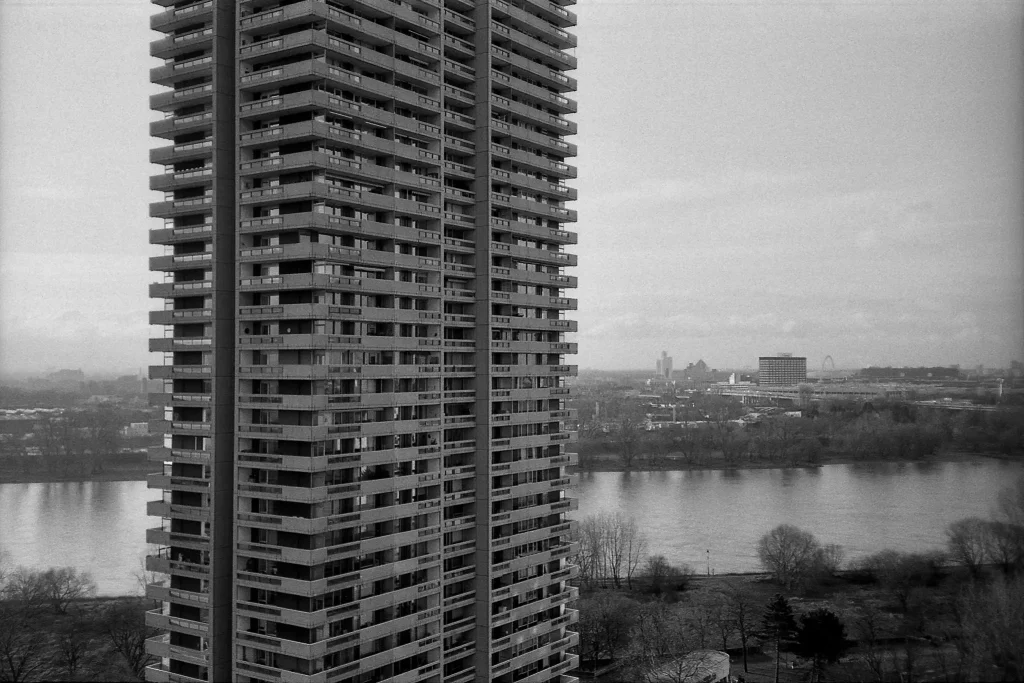
I say “may” because the focusing indicator is the one thing that is more maddening than anything about this camera. It displays, in the familiar emoji language of camera symbols, one face, several people, and mountain, and will point either directly at one or in between those symbols depending on the measured focusing distance. It will do so, in a stroke of engineering bravado, *after* you’ve taken the picture. If you notice that the focus was off, you can always try again, but you will be wasting another frame. There is also no warning if you attempt to focus too close. The camera will behave exactly as if you were aiming somewhere into the far distance and focus on the nearest mountain. At least that’s what the viewfinder display reads out.
I understand most of the design choices on this camera, even though I may not agree with all of them. I do not understand the focus readout. Not to put too fine a point on it, but this is just plainly, obviously, pointlessly wrong. Wrong.
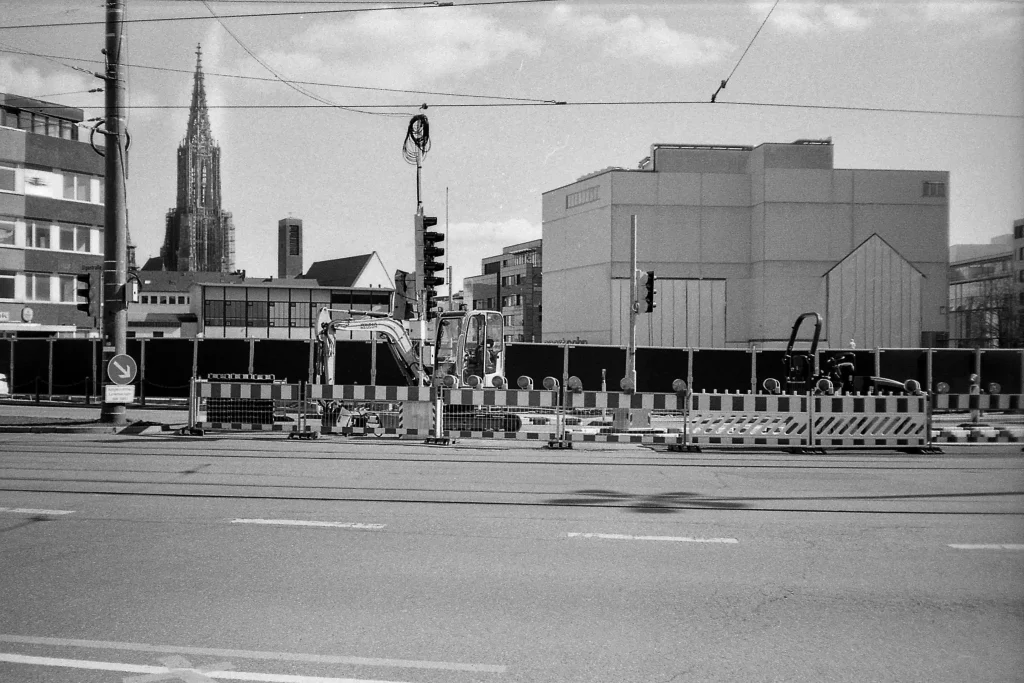
There, I’ve said it.
Yet, Still…
Apart from that, the Canon Sure Shot Autoboy 35M is not as bad as it could be, given its limitations. In fact, it’s rather nice camera. I have no rational reason to prefer it over the 35ML, a camera sold also as the Super Sure Shot – and therefore ostensibly a better camera – but I do. I don’t like it as much as my Hi-Matic, but I like it well enough to try a couple more rolls. Maybe I’ll load some 400 speed film next time (the highest ISO the Canon supports) and that will help with the corners, and also with not having to focus and recompose a whole lot.
If I still have complaints with the camera then, I can always give it to Derek. In exchange for letting me read my damn book in peace, Derek, no thank you, I’ve already had FOUR espressos today.
Share this post:
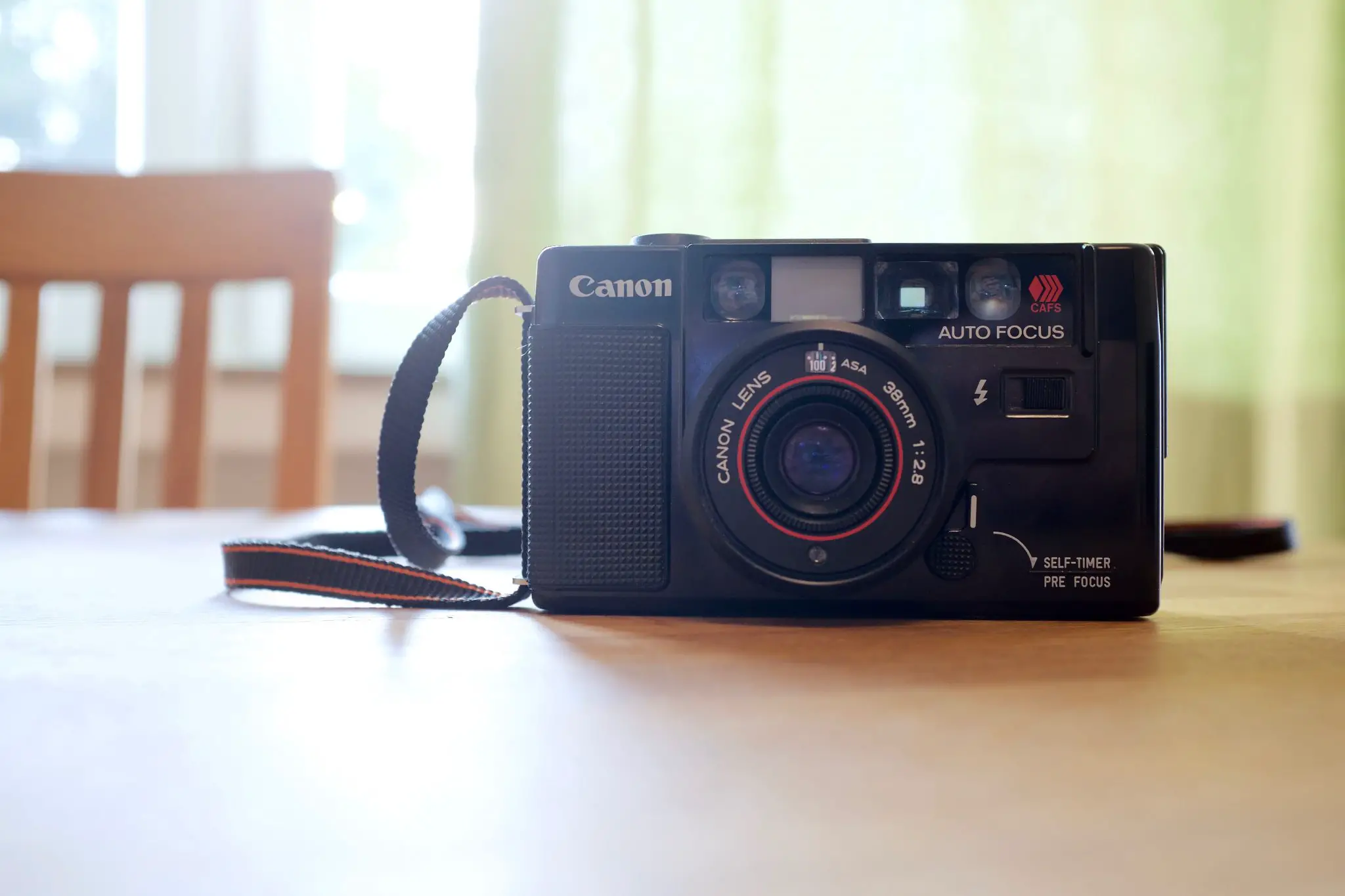








Comments
Dale Willetts on Canon AF35M Review – Making Mere Adequacy Intriguing – by Torsten Kathke
Comment posted: 04/08/2018
Ken Hindle-May on Canon AF35M Review – Making Mere Adequacy Intriguing – by Torsten Kathke
Comment posted: 07/08/2018
The focusing indicator is an oddity, certainly. It's probably the result of the Autoboy being such a forerunner in the AF compact market - nobody had thought of a more useful way to implement it and the consumers it was aimed at wouldn't have thought anything of taking the shot again if it had misfocused because film and processing was so cheap. It doesn't often miss focus or exposure, though, and smeary corers aside, I quite like the central sharpness and slightly muted colours the lens provides.
Recommended reading : Down the Road on Canon AF35M Review – Making Mere Adequacy Intriguing – by Torsten Kathke
Comment posted: 05/03/2020
Matthew Brown on Canon AF35M Review – Making Mere Adequacy Intriguing – by Torsten Kathke
Comment posted: 02/04/2021
I'll probably buy myself one sometime and wallow in nostalgia a bit. Sounds fun.